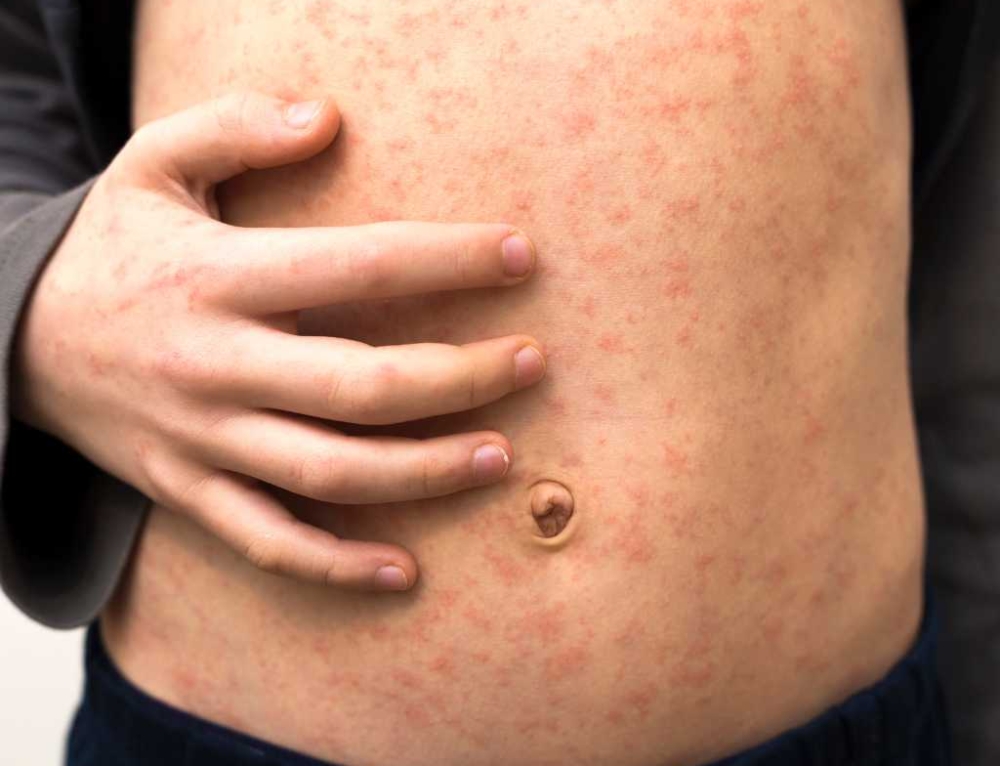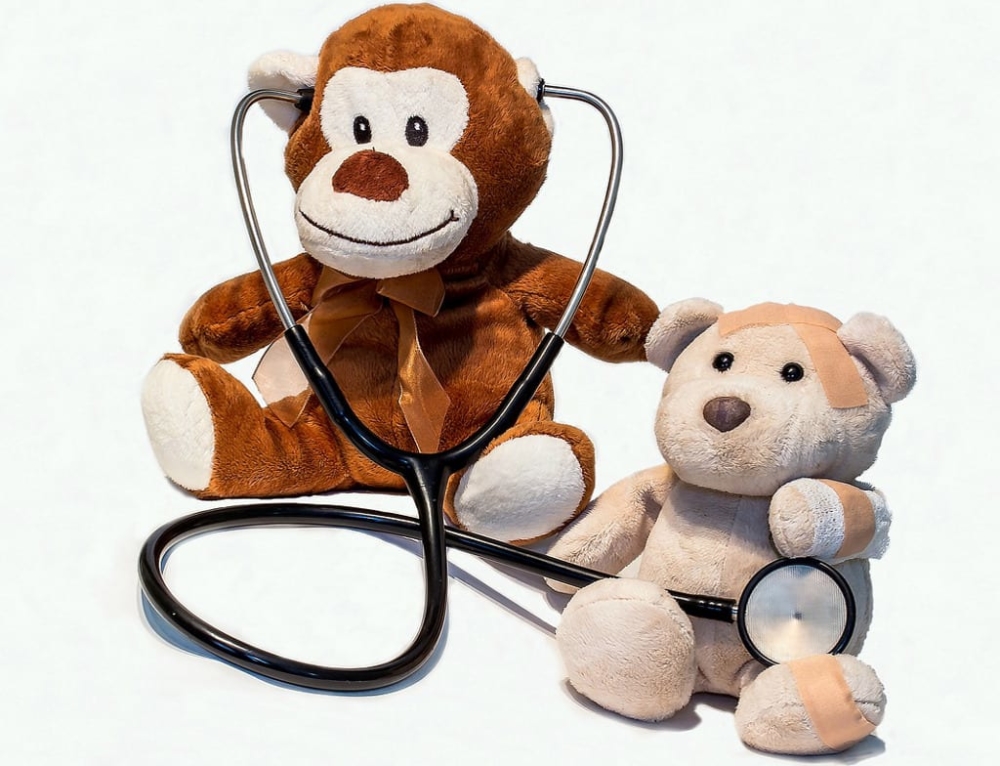Backyards in every corner of the globe are awash with little bruised arms and legs, in varying shades of blue and purple. Bruises can spring up anywhere on the body, from the top of the head to the end of the toes – no body part is immune! And nobody is immune either: bruises can affect anyone, no matter what their age. Older people can be particularly susceptible to bruising as blood vessels become more fragile with age.
What is a bruise?
A bruise, medically referred to as a haematoma, is caused when a part of the body gets banged or squeezed, causing blood vessels to break and bleed just underneath the surface of the skin. When bruising first occurs, it is usually red in colour due to the blood collecting at the site of the injury. Then, over the course of about 10 days to two weeks, the body begins to break down the pool of blood and reabsorb it. This process is what causes bruises to change colour before they eventually disappear. The lifespan of a bruise looks something like this:
- Day 1: Bruise is red
- Day 2-3: Bruise turns a blue or black colour
- Day 6-10: Bruise becomes more green or yellow
- Day 10-14: Bruise is now a yellowy-brown or light brown colour before fading completely
How do you treat a bruise?
There is not a lot you can do to prevent bruises – other than wrap yourself and your kids in cotton wool! But there are several ways you can help to speed up the healing process once a bruise is sustained:
Apply an ice-pack or cold compress
Applying something cold to the area will help reduce the size of the bruise because it slows down the blood flow to the affected area. It also helps to keep inflammation and swelling down. A bag of frozen peas makes a great ice-pack because it moulds to the shape of the injured body part. Applying an ice-pack as soon as possible after the bruise occurs, and during the day afterwards, for at least 30 minutes can make a big difference to the healing process.
Elevate the bruised area
Elevating the bruised body part above heart level will slow down the flow of blood to the bruise and help to contain it. The best way to do this is to lie down and prop up the injured body part on cushions so that is higher than the heart. Health experts recommend elevating a bruise as much as possible during the first 24 hours.
Use arnica
Arnica is a perennial plant that has unique healing properties. It can be bought in cream or ointment form at chemists and is proven to help reduce inflammation and bruising. Arnica should never be used on broken skin, and people who suffer from eczema or other skin conditions should use it with caution.
Bathe in witchhazel
Derived from the leaves and bark of the American witchhazel shrub, this natural astringent helps to treat injured body tissue by dispersing blood and encouraging healing. It also has anti-inflammatory and antiseptic properties. Bathing the bruise in witchhazel and then applying arnica to the bruise will encourage faster healing.
Vitamin C
Bruising occurs when small blood vessels called capillaries, rupture. A diet that is rich in vitamin C will help to strengthen these capillaries and make the skin less susceptible to bruising. Increase your vitamin C intake by eating plenty of fresh kiwifruit, oranges, berries and other fruits and vegetables containing vitamin C. Supplements containing vitamin C will also be beneficial.
What if a bruise does not heal?
If a bruise has not disappeared after two weeks it is best to see a doctor. It is also advisable to consult a doctor if:
- Bruises seem to pop up for no reason
- The bruise gets worse after a couple of days
- Swelling increases after a few days
- The bruise gets very painful
- The area that is bruised is very difficult to move






Arnica is great for bruising but also using an icepack depending on how bad it is. My 4 year old always has little bruises all over her legs, I sometimes look at her and I’m like oooohhhhh I feel so bad she has bruises all over her – but they are kids, they run and they jump and they fall over We give our wee one Vitamin C every day too.
We give our wee one Vitamin C every day too.
Some good things to try here. As a kid I used to bruise so easily, the doctor would always say “now are you sure you know how she has gotten each bruise”, just coz it probably looked like I was otherwise being abused. My little one doesn’t seem to bruise as easily thankfully but she is still a kid so we cannot escape them and when she does get them it would be good to try some of these.